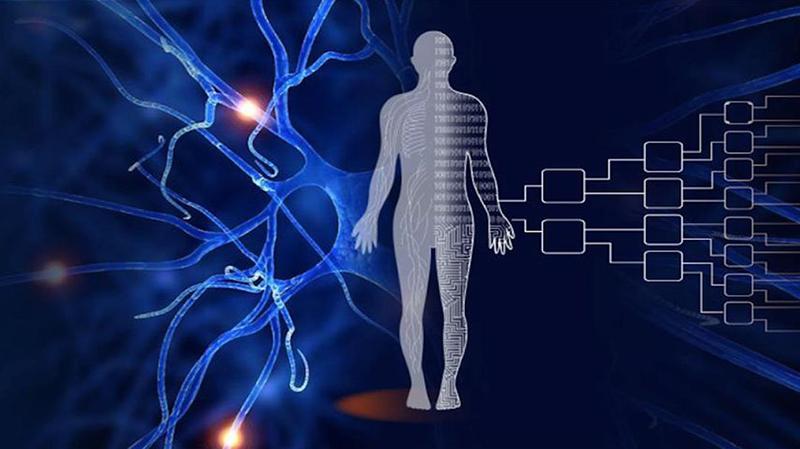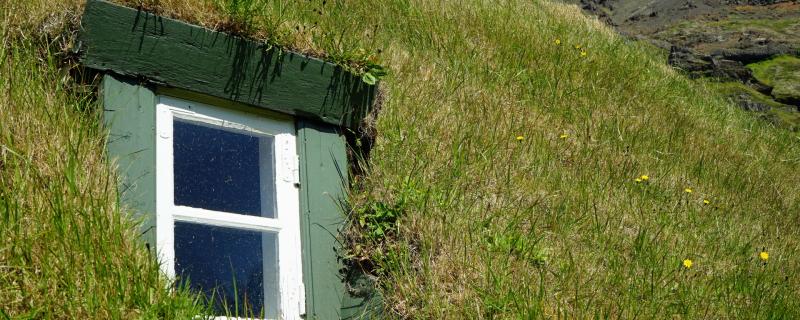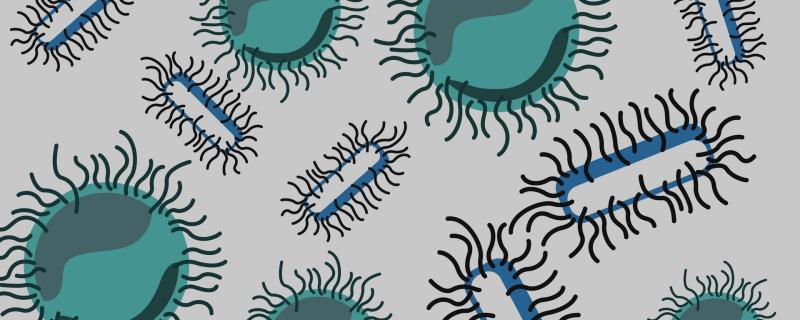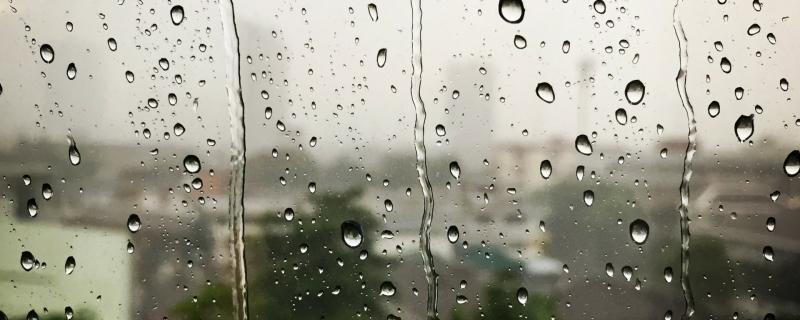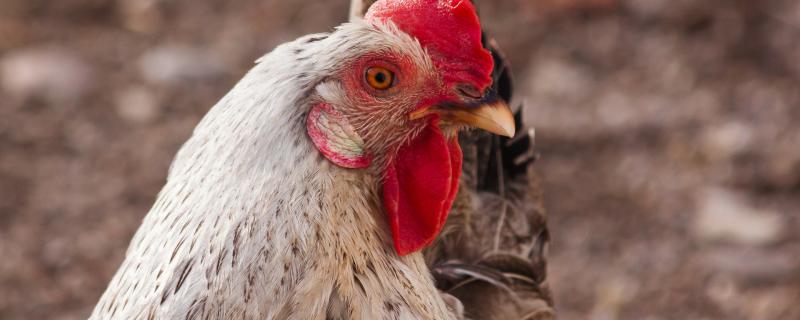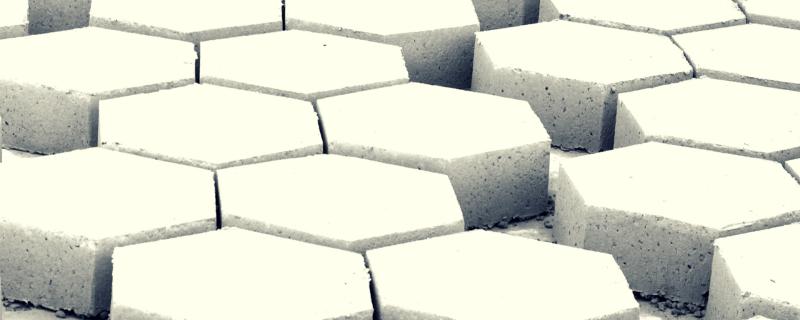Researchers from Indian Institute of Technology Bombay, Mumbai are studying the strange phenomenon known as urban heat islands, which leads to a sharp temperature difference between urban and metropolitan areas and the surrounding rural areas, due to human activities.
Archives
ಪಶ್ಚಿಮ ಘಟ್ಟಗಳು ಜೀವ ವೈವಿಧ್ಯದಿಂದ ಸಮೃದ್ಧವಾಗಿರುವ ಪರಿಸರ ವ್ಯವಸ್ಥೆ; ಅದಕ್ಕೆ ಇದನ್ನು 'ಜೀವವೈವಿಧ್ಯತೆಯ ಹಾಟ್ಸ್ಪಾಟ್' ಎಂದು ವಿಜ್ಞಾನಿಗಳು ಘೋಷಿಸುತ್ತಾರೆ. ಆದರೆ ಈ ಘೋಷಣೆಯನ್ನು ಬೆಂಬಲಿಸಲು ಪುರಾವೆ ಹೇಗೆ ಸಿಗುತ್ತದೆ ಗೊತ್ತೇ? ಅದಕ್ಕೆ ಯಾವುದೇ ಒಂದು ಪರಿಸರ ವ್ಯವಸ್ಥೆಯಲ್ಲಿ ದೊರೆಯುವ ಮಾದರಿಗಳ ಸಂಗ್ರಹಣೆ ಮತ್ತು ವಿಶ್ಲೇಷಣೆಯ ಮೂಲಕ, ಜೀವವೈವಿಧ್ಯದ ಸಮೃದ್ಧಿಗೆ ಸಾಕ್ಷಿ ಒದಗಿಸುತ್ತಾರೆ.
How do scientists proclaim an ecosystem like the Western Ghats as an ‘biodiversity hotspot’ and push for its conservation? They do so by ‘ecological sampling’, a technique used to find diversity and abundance of animals and plants in a habitat.
ಸೂಪರ್ ಬಗ್ ಸರಣಿ - ಭಾಗ ೧
ಬ್ಯಾಕ್ಟೀರಿಯಾದಿಂದ ಉಂಟಾಗುವ ಪ್ರತಿಜೀವಕ ನಿರೋಧಕತೆಯ ಬಗ್ಗೆ ಮೂರು ಭಾಗಗಳಲ್ಲಿ ಮೂಡಲಿದೆ. ಮೊದಲ ಭಾಗದಲ್ಲಿ ಅದರ ಕಾರಣಗಳು, ಪ್ರತಿಜೀವಕ ನಿರೋಧಕತೆಯಿಂದ ಉಂಟಾಗುವ ತೊಂದರೆಗಳು ಹಾಗು ಭಾರತದಲ್ಲಿ ಈ ಸಮಸ್ಯೆಯ ತೀವ್ರತೆಯ ಬಗ್ಗೆ ತಿಳಿಯಬಹುದು.
Scientists from the Indian Institute of Science, Bangalore, explore the effect the eastern ghats had on the floods in Chennai.
Researchers from Defence Institute of High Altitude Research (DIHAR), Leh-Ladakh and Defence Institute of Physiology and Applied Sciences (DIPAS), New Delhi, under Defence Research and Development Organization (DRDO), are studying the benefits of Hippophae rhamnoides, generally known as common sea buckthorn, in improving the health of chicken reared in high
Dr Kamaljit Bawa, President, Ashoka Trust for Research in Ecology and the Environment (ATREE) and Distinguished Professor of Biology at the University of Massachusetts, Boston, has been awarded the Linnean Medal in Botany by the Linnean Society of London at its annual meeting.
Researchers at Raman Research Institute, Bengaluru, are exploring the properties of single walled carbon nanotube (CNT) immersed in aqueous triblock copolymer solution. The newly formed CNT-polymer hybrid could replace the use of carbon nanotubes by itself, thanks to its remarkable mechanical, thermal and electrical properties.
Every passing day we are exposed to a cocktail of chemicals through medicines, cosmetics, pesticides, aerosols, gaseous emissions, pollens, etc. Many of these affect our health; some are allergens, while others could be carcinogens or cause fatal diseases.
If someone came up to you and said the stool from one person can be used as medicine to treat another, you’d most likely be disgusted or find it absurd. It sounds incredible, but it is true.
